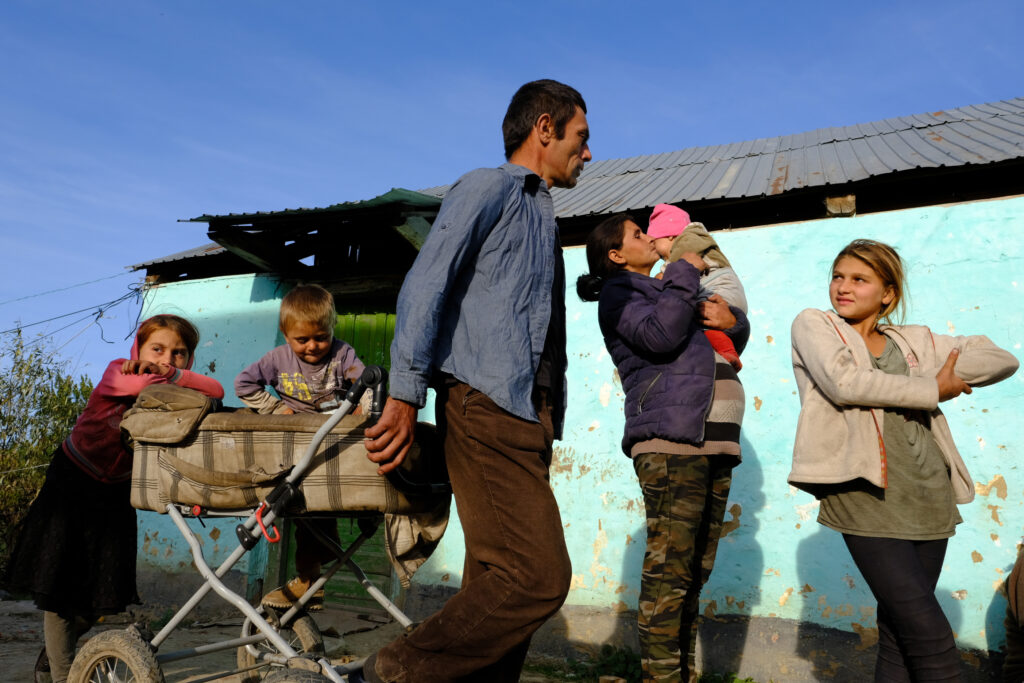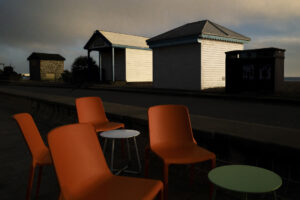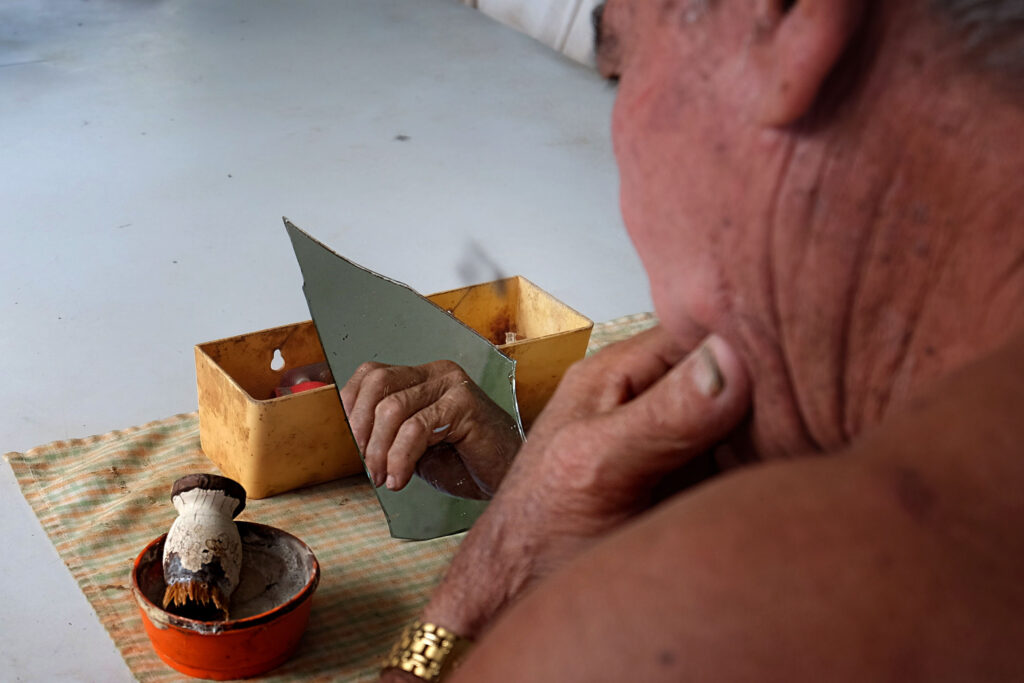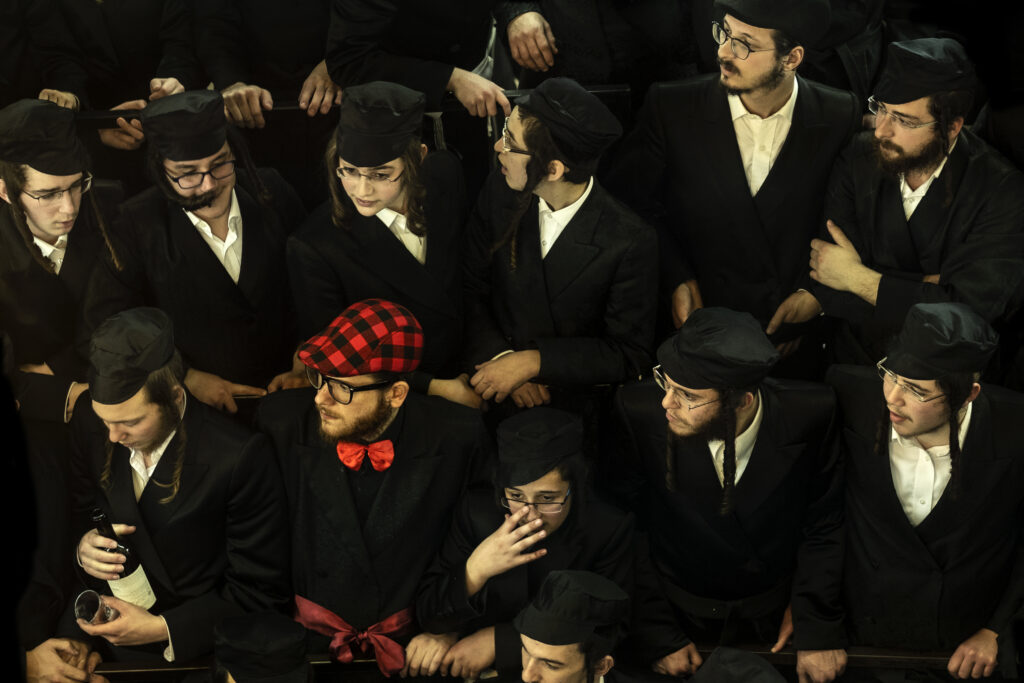FOCUS ON
ORNA NAOR
Orna Naor is a photographer that I have followed since the first day I started dedicating myself to street photography.
But Orna’s work goes beyond that photographic genre.
With great pleasure I have personally selected these 20 photos that show a photographer with great sensitivity interested in knowing the varied humanity that surrounds us.

Q To start, thank you very much Orna for sharing your work on Woofermagazine.
Let’s start from the beginning.
When and why did you start taking photographs?
A I started taking pictures professionally 10 years ago.
It was a time when I lost my father and I was looking for something that “could not be taken away from me”, something through which I could express my feelings.
I started studying and immediately realized that street photography is that “something”.
Q What does photography represent in your life?
A Photography has become a big, important and inseparable part of my life.
Beyond street photography, today I focus on projects that touch my heart, and photography allows me to convey messages, experiences, disappointments and hopes.
Photography is my “weapon” for documenting, interpreting and sharing experiences, opinions and events.
The camera became a kind of extension of me; It allows me to express, create and express on different levels than in everyday life.
Q I have had the pleasure of seeing many photos of yours to select the ones published here.
I have realized that many of your photographic series are built around trips.
But you also have a lot of work done where you live.
Do you find it different to take photos at home as opposed to when you are away from home?
A
The main difference between photography abroad and photography in Israel is the level of involvement.
When I photograph abroad, I try to focus on people; how people live in different countries, at different economic levels, with different values and living conditions.
My involvement in these photographs is as a person; but still, a person watching from the side.
In Israel, photography is much more personal; Many times they arise from the hardships of life in the country, from the different lifestyles, traditions and religions that try to exist in one subjugation.
This is a personal photography, sometimes painful, sometimes very painful, often concerning my beliefs, opinions and values.
It speaks in my voice. It concerns my existence.
Q For me, the camera is a perfect excuse to get closer to the people around us.
What do you think about this?
A
I agree with your feeling that the camera allows close access to people.
Many times I am asked about this closeness; And my answer – I’m a small woman with a small camera and a big smile… I mean, I’m not a threat.
For me too, the close-up is more comfortable with the distance between the lens and the subjects; It serves as a form of protection for me; I’m getting closer because I’m “a photographer”.
I don’t hide when I take pictures.
Most of the time my presence is hardly noticeable.
Sometimes people notice me and just move on, sometimes a conversation develops.
The relationship between the photographer and the photographed is an integral part of what is happening;
Sometimes eye contact is made, which in itself becomes the subject of the picture.
Q What do you think about the relationship between photography and artificial intelligence?
A As for AI, I have seen amazing, aesthetic, kicking and artistic pictures – but one thing is missing in them: soul.
This, still, can only be photographed by a human being.
Q Who were the photographers who inspired you when you started, and who continues to inspire you?
A The photographers that influenced me, and still influence me, are Sebastiao Salgado, Vivian Meyer, Diane Arbus, Henri Cartier Brassan, Alex Levac, Dorothea Lange; Photographers who reveal the face of humanity, on all its sides, with honesty and care to the point of pain, without fear.
If you like this content please support the author + Woofermagazine and share it :

ON THE ROAD
Fran Balseiro takes us to discover his On the Road between Galicia and northern Portugal.

DÉPARTEMENTALES
Antoine Schoenfeld try to documenting our history through their existence, delivering an artistic meaning to these roadside abandonments.

SIDESHOW
Chris Harrison initially didn’t intend to depict Brighton, but in the end, he shares his vision of the city where he resides.

TEN MORE SELECTED PICS
Ten more selected pictures for WOOFERMAGAZINE 2025 our annual magazine.

BOMBAY MONSOON
In this series, Indian photographer Yash Sheth captures the dynamism of Mumbai’s monsoon season.



